In the following sequence of reactions, products (A) to (H) are formed:
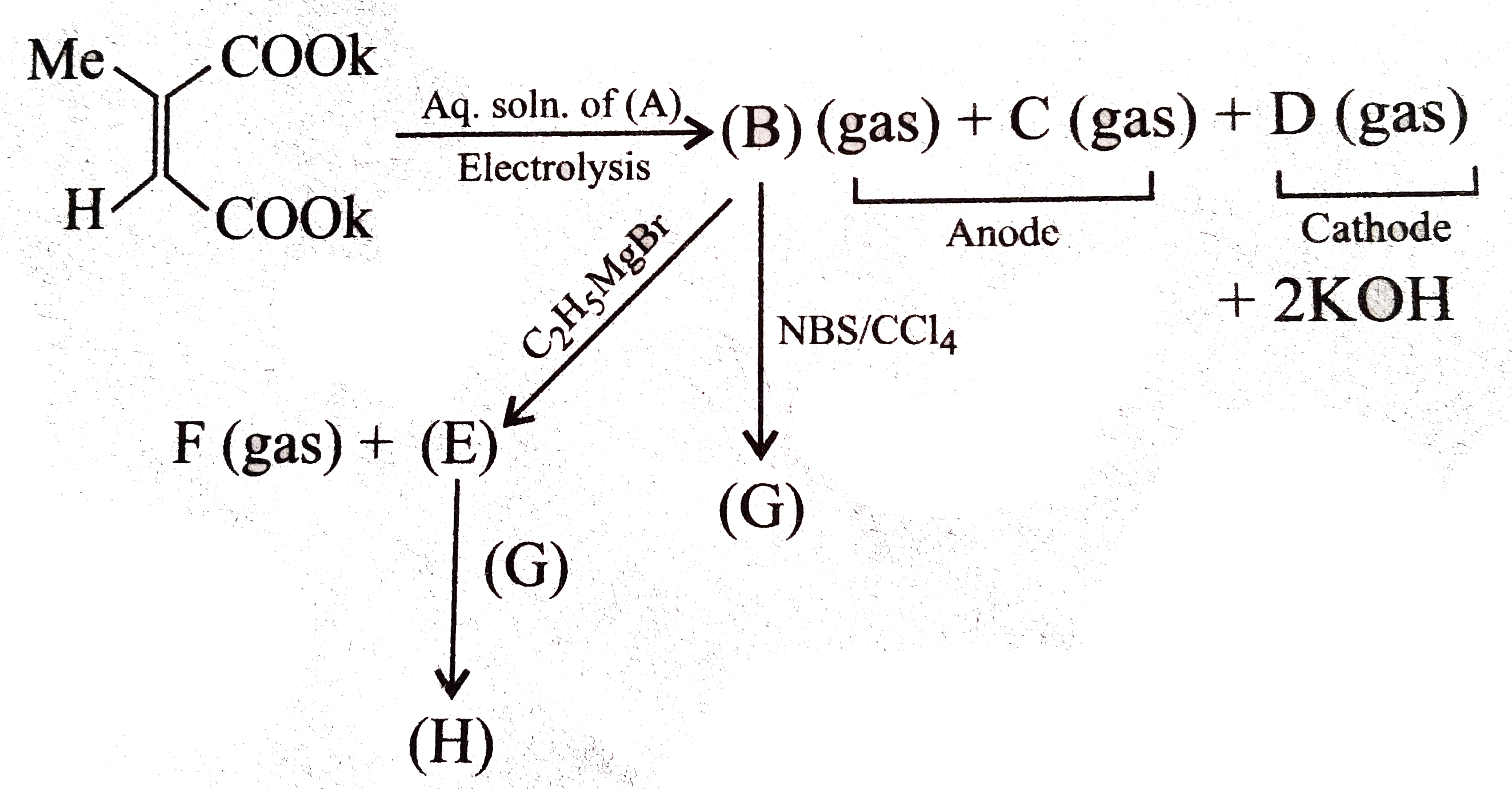
The gases (B), (C), and (D), respectively, are:
A
22.4 litres
B
2.24 litres
C
24.7 litres
D
2.47 litres
Video Solution
Text Solution
The correct Answer is:B
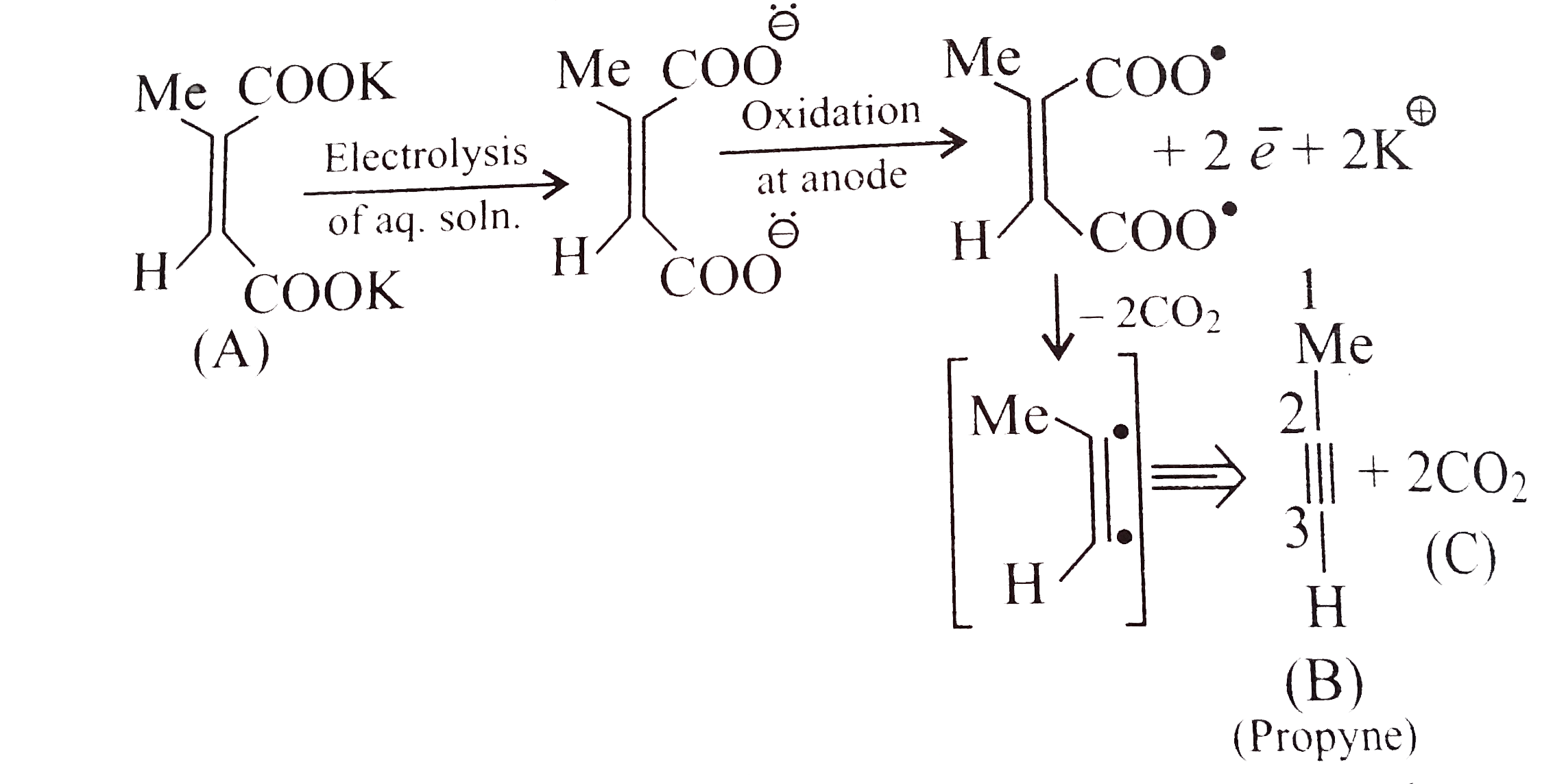
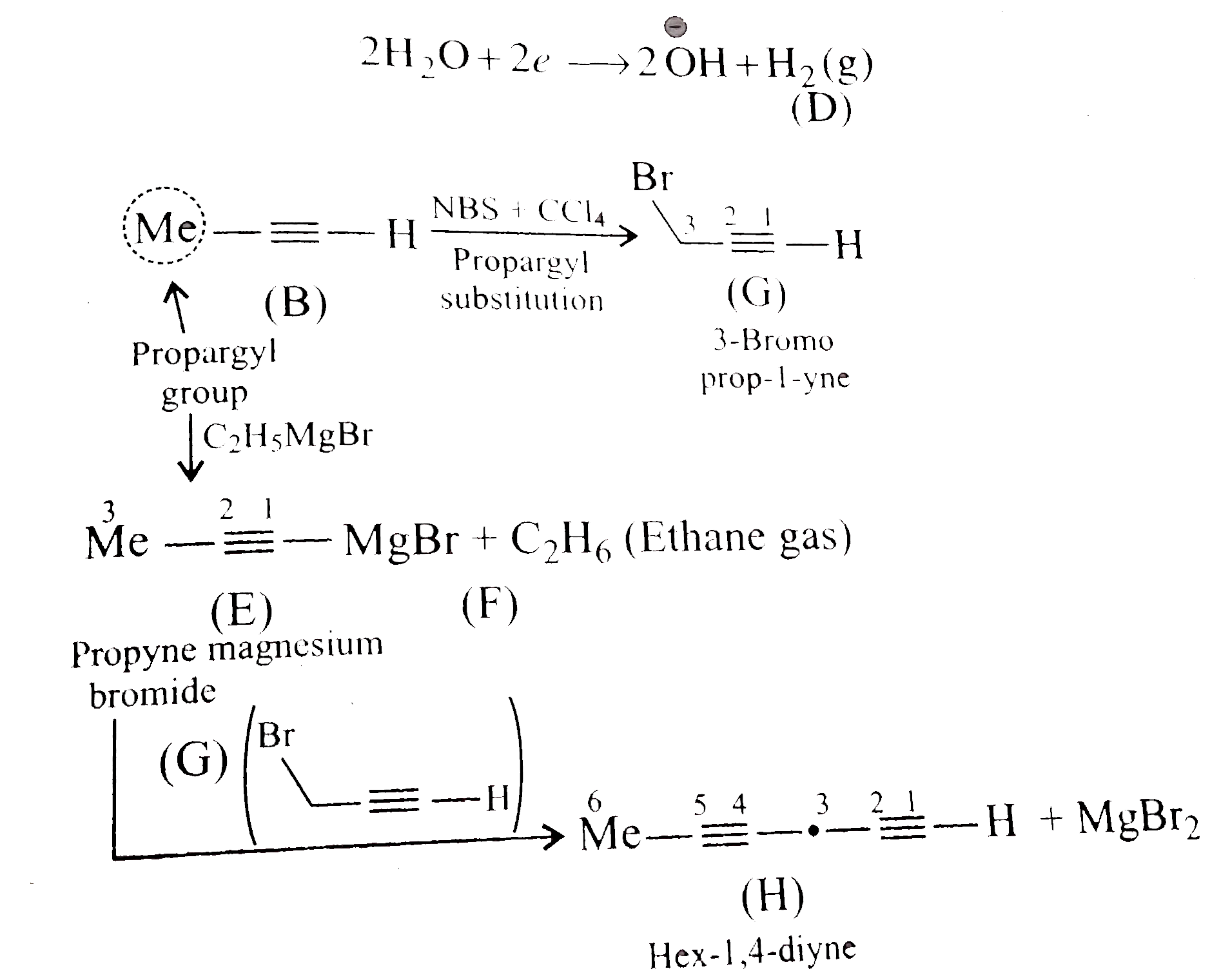
Reduction of H2O takes place at cathode since reduction potential of H2O> reduction potential of K⊕ ions.
Molecular mass of B (Me−≡−H)=40gm
1 mol of propyne gas (i.e., 40gm) = 1 mol of C2H6(g)
∴4gm of propyne
⇒140×4=0.1 mol of C2H6(g)
⇒0.1×22.4=2.24 litres
So the answer is (b).
|
Updated on:21/07/2023
Topper's Solved these Questions
- BOOK - CENGAGE CHEMISTRYCHAPTER - ALKYNESEXERCISE - Exercises (Multiple Correct Answers Type)25videos
ALKYNES
- BOOK - CENGAGE CHEMISTRYCHAPTER - ALKYNESEXERCISE - Exercises (Single Correct Answers Type)30videos
ALKYNES
- BOOK - CENGAGE CHEMISTRYCHAPTER - ALKYNESEXERCISE - Exercises (Subjective Type)31videos
ALKYNES
- BOOK - CENGAGE CHEMISTRYCHAPTER - ALKENES AND ALKADIENESEXERCISE - Single correct Answer14videos
ALKENES AND ALKADIENES
- BOOK - CENGAGE CHEMISTRYCHAPTER - APPENDIX - INORGANIC VOLUME 1EXERCISE - chapter-7 Single correct answer1videos
APPENDIX - INORGANIC VOLUME 1
Similar Questions
Knowledge Check
- Question 1 - Select One
In the following sequence of reactions, products (A) to (H) are formed:

Compound (B) is:A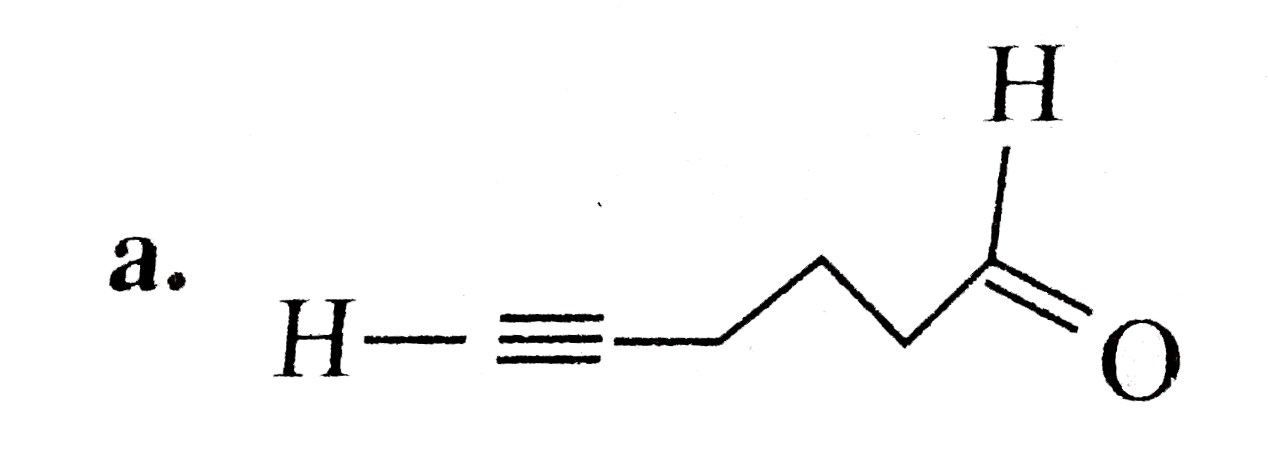 B
B C
C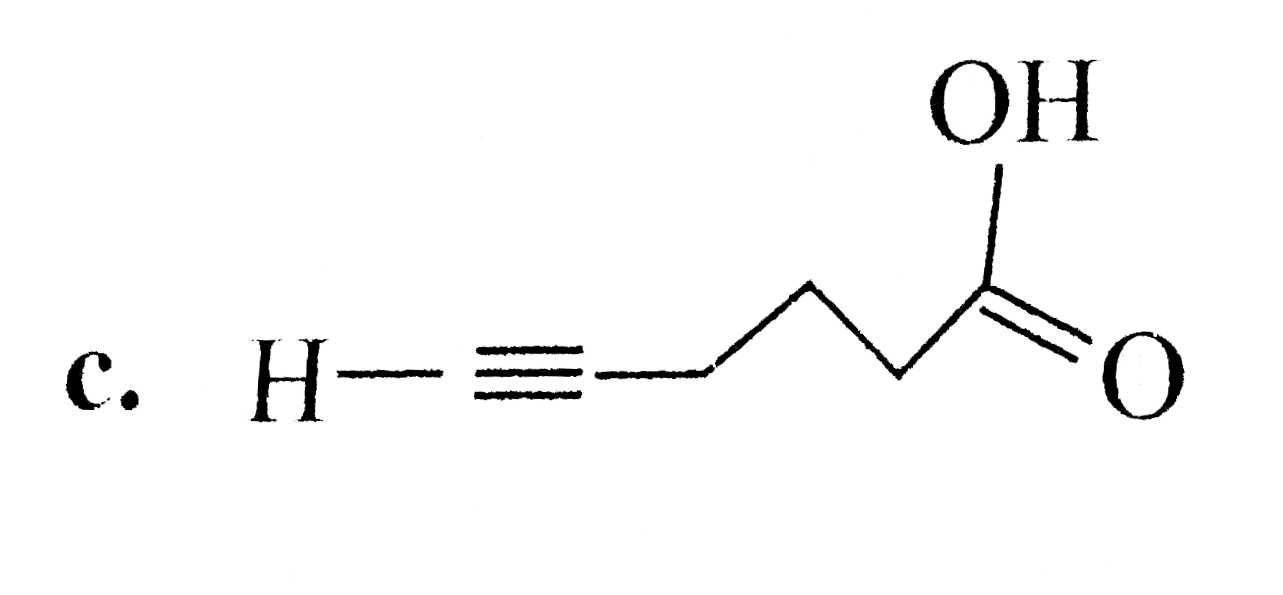 D
D
- Question 2 - Select One
In the following sequence of reactions, products (A) to (H) are formed:

Compound (D) is:A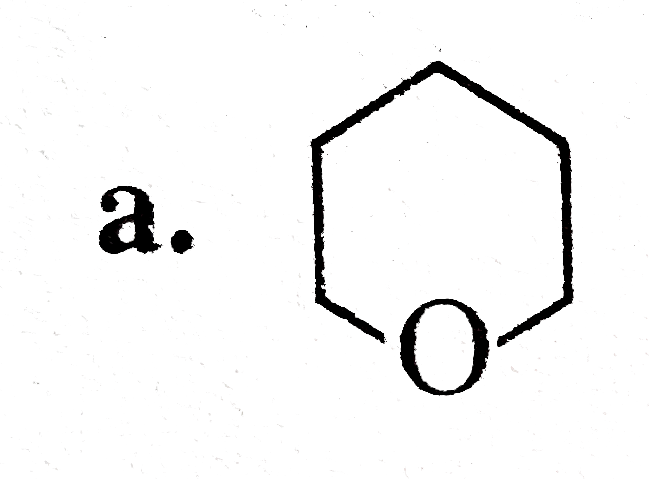 B
B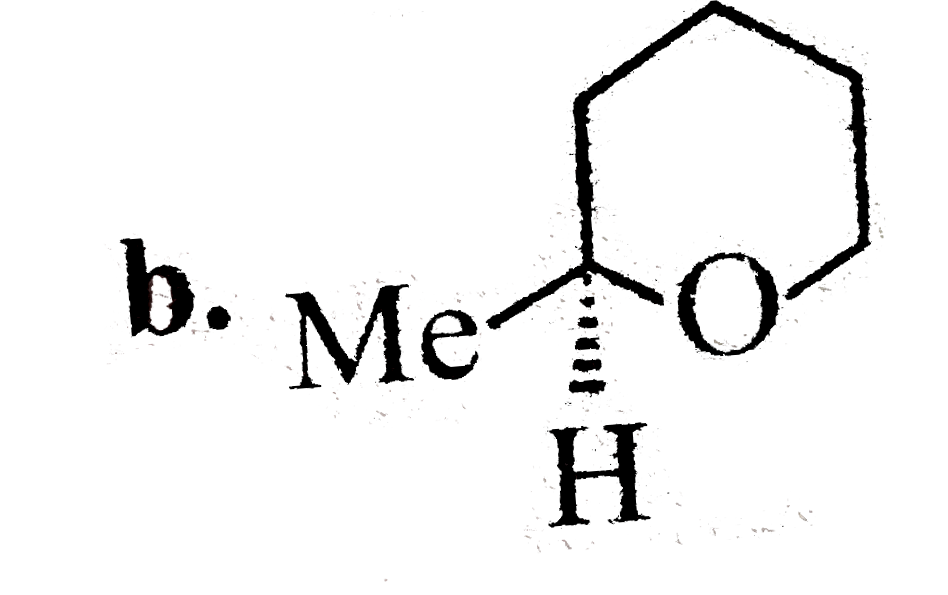 C
C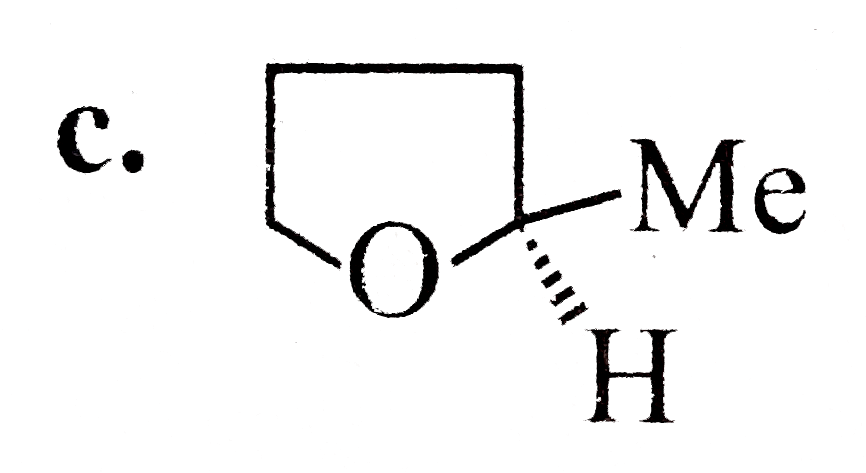 D
D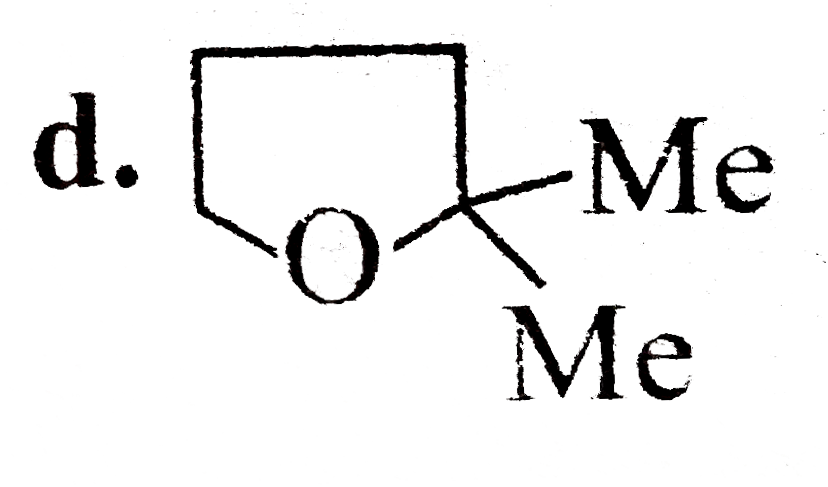
- Question 3 - Select One
In the following sequence of reactions, products (A) to (H) are formed:

Compound (C) is:A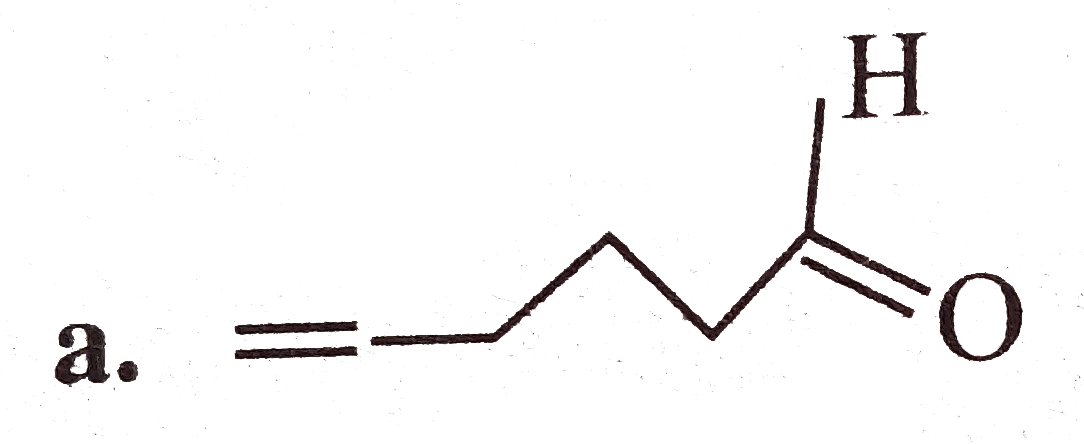 B
B C
C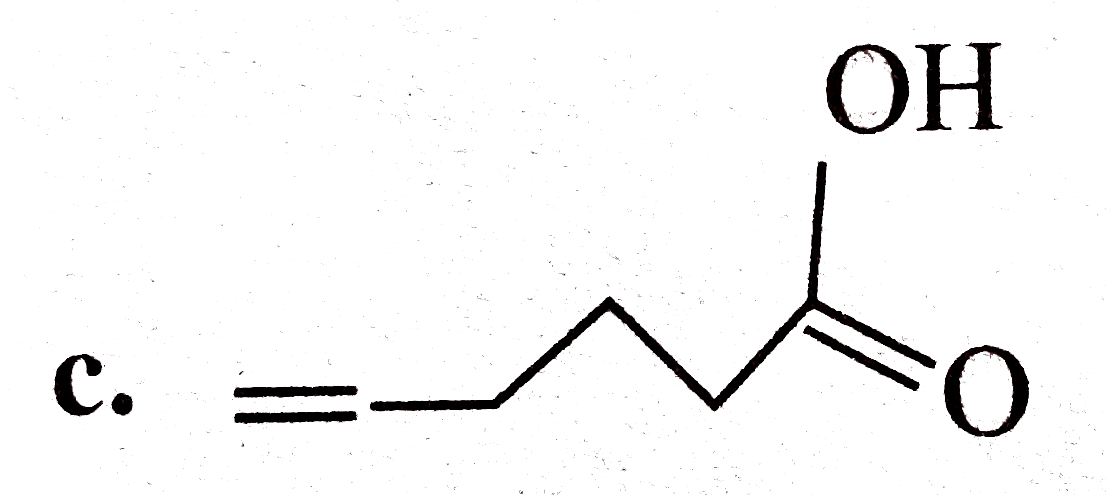 D
D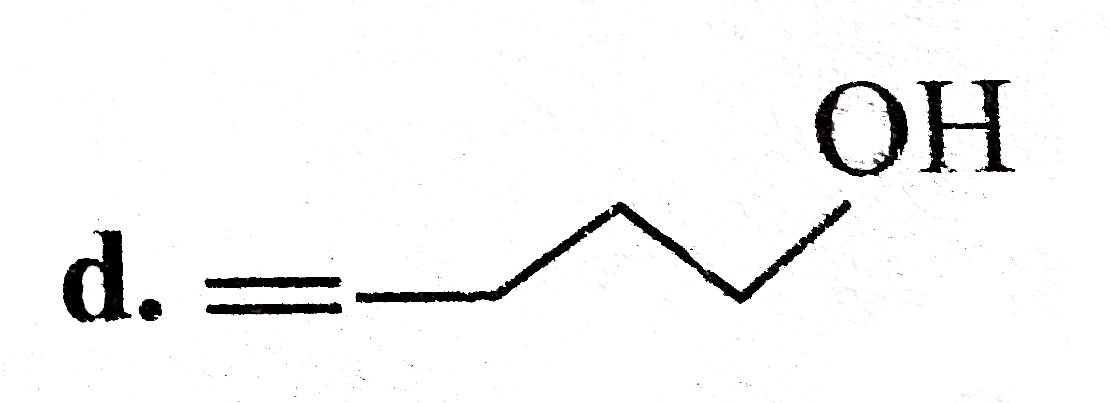
In the following sequence of reactions, products (A) to (H) are formed:

Compound (F) is:View SolutionIn the following sequence of reactions, products (A) to (H) are formed:

Compound (G) is:View SolutionIn the following sequence of reactions products (A) to (H) are formed.
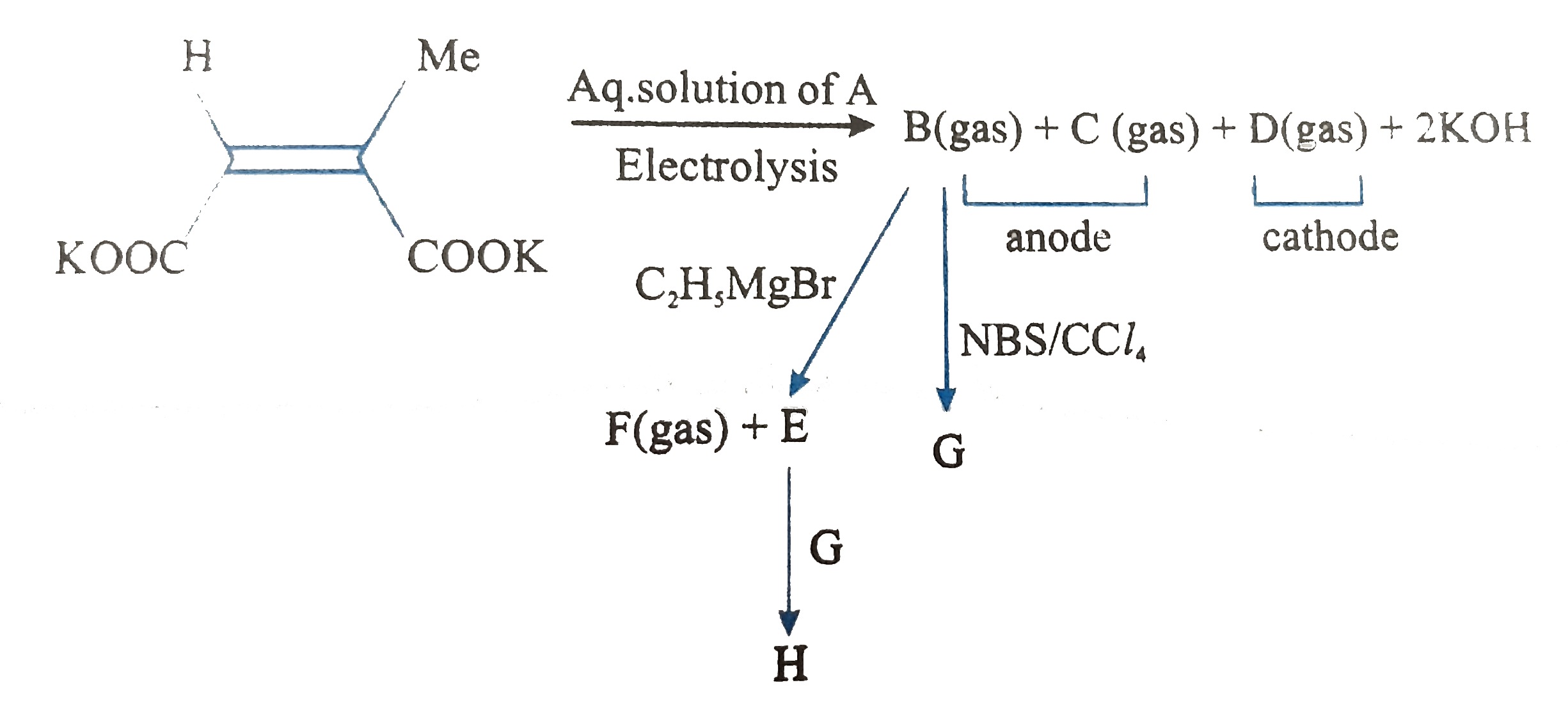
Q. Compound F isView SolutionIn the following sequence of reactions products (A) to (H) are formed.

Q. Compound G isView SolutionIn the following sequence of reactions, products (B) to (E) are formed:

Product (B) is:View Solution



